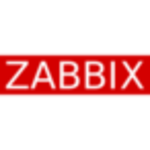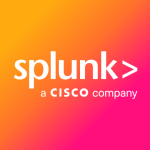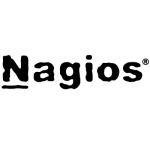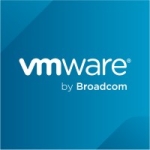What is our primary use case?
The primary use case of this solution is for centralized monitoring of the server performance to ensure that the servers have proactive monitoring, CPU utilization, memory, and performance across the monitoring.
SolarWinds was suggested to our clients running a mid-size infrastructure, with budget constraints and can't afford IBM, Broadcom, or Microsoft.
How has it helped my organization?
The customer's requirements are met with SolarWinds.
It helps with server monitoring and not only to monitor the physical servers, but it can also control the virtual environment. It has good monitoring in VM integration by VMware or Citrix.
SolarWinds is not just a monitoring tool, it can provide you with a capacity planning giving you complete a server inventory and helps you fulfill your commitment to the business.
You will know your plan and what you will need in the next two years to achieve your capacity planning.
You are aware of what is happening in your servers, what their performance is, how the applications are behaving, and it helps you build your CMDB as well.
What is most valuable?
Our clients like the nice dashboard where they can see the active monitoring and includes performance, CPU usage, memory usage, and files.
Solarwinds has an open database that allows you to do serious integrations. It doesn't matter which service desk you have, you can implement and integrate it with SolarWinds.
What needs improvement?
When you implement SolarWinds on a larger scale my customers complain about the speed. It's slow. This is an issue that has been going on for a long time that hasn't been properly addressed by SolarWinds. In a bigger architecture, the portal is still slow. They will have to look into it and see how they can improve it because this is the biggest complaint the customers have.
In the next release, I would like to see improvements made to the reliability and the issue with the speed, especially the slowness with their browser-based solution.
For how long have I used the solution?
I have been using this solution for ten years.
What do I think about the stability of the solution?
This solution is stable but when the product has a lot of data in the databases, the speed is an issue.
What do I think about the scalability of the solution?
The solution is scalable, but not for large infrastructures. I can recommend SolarWinds for a mid to large scale organization. I am not convinced that customers who have two to four thousand devices and two thousand servers can implement SolarWinds on such a large scale.
How are customer service and technical support?
The technical support is good, it's above average.
Which solution did I use previously and why did I switch?
Previously we implemented the CA UIM solution, CA Spectrum, and Microsoft Monitoring.
SolarWinds is much easier than any of them.
How was the initial setup?
The initial setup is straightforward. It's easy to implement, but when you implement it in a huge environment you will have some complexity. Also if you implement it in a single box, it can be complex.
If it is a mid-scale customer they can implement this solution on their own. They will need only two or three bars and a maximum of two servers are more than enough to implement.
If it's a small solution, you can implement it. It keeps the database separate. It's straightforward, it is not difficult.
Overall it is a very simple implementation.
The length of deployment depends on the infrastructure, the customer that I am referring to took a month and a half to implement most of the requirements.
What was our ROI?
From a vendor's point of view when implementing this solution, SolarWinds will gives me paid access.
From a customers point of view, they get a good return on investment because they are not paying a lot of money when you compare to what they used to pay for IBM and other large vendors.
It is clearly a good return on investment for any customer when they implement SolarWinds.
What's my experience with pricing, setup cost, and licensing?
The licenses start from USD 3000.00 and go up to USD 20,000.00 for the year. It's a perpetual license.
Nothing is free in SolarWinds, anything that you need is an additional cost.
When you compare SolarWinds to Broadcom, Broadcom has a simpler policy, you can install it and you don't have the complex licensing where you need a separate license for every little thing.
Customers don't understand the complexity of the licensing when you need a separate license for the application and storage as an example. With SolarWinds, you have to pay for every feature.
What other advice do I have?
Improvements come as we are moving forward. Requirements also change with time.
There were times when we used to be a complete physical infrastructure. Most of the customers have now moved to a virtual infrastructure.
The requirements are also changing. In the last ten years, what I have seen is that SolarWinds is improving its product as per the demand of the customer.
SolarWinds is easy to implement and it has most of the information the customer is looking for, and the dashboard has the wow factor.
I think that every IT team should have to courage to try to implement it by themselves because it is not difficult.
I would rate this solution an eight out of ten.
Which deployment model are you using for this solution?
On-premises
Disclosure: My company does not have a business relationship with this vendor other than being a customer.

















